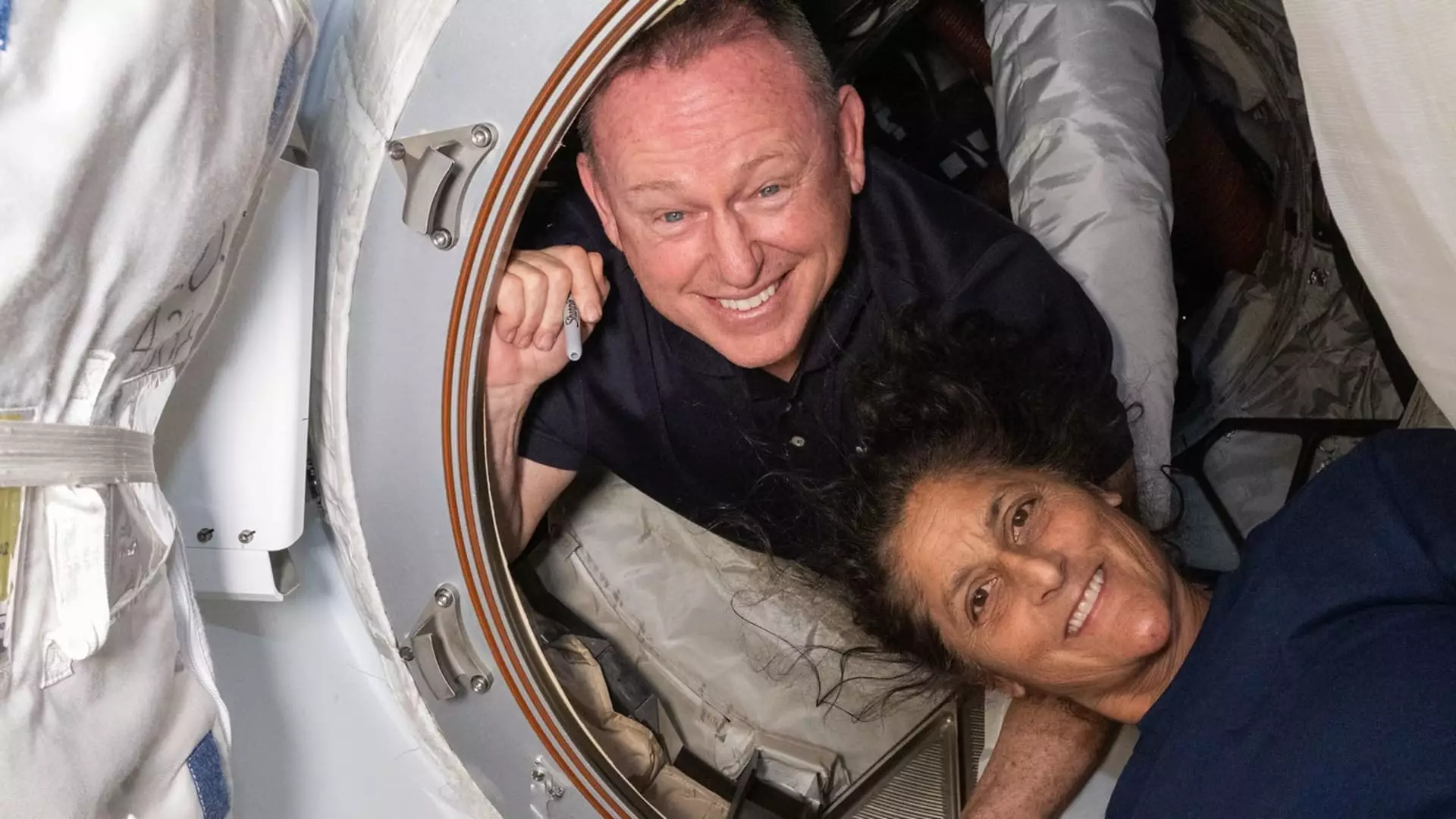Boeing and NASA made an unexpected decision to bring back the Starliner capsule from the International Space Station without the NASA astronauts it had delivered earlier. This turn of events meant that astronauts Butch Wilmore and Suni Williams would now return via SpaceX’s Dragon spacecraft. While this change in plans might seem abrupt, it was necessary due to various complications faced by the Starliner during its mission.
One of the major issues that plagued the Starliner capsule was related to its propulsion system. The test flight, which was intended to be a nine-day mission, encountered difficulties that forced NASA and Boeing to reassess the safety and viability of using the capsule for crew transport. This setback marked a significant shift in the organizations’ confidence in the spacecraft’s capabilities, leading to the decision to bring it back empty.
Commitment to Safety
NASA Administrator Bill Nelson emphasized the importance of safety in all decisions regarding crewed space missions. It was made clear that safety considerations took precedence over any other factor when determining the return plans for the astronauts on the ISS. While the process of conducting test flights may not be without its challenges, the commitment to ensuring the well-being of astronauts remained unwavering.
The decision to return the Starliner capsule without astronauts onboard was not without its controversies. NASA highlighted a “technical disagreement” with Boeing regarding the risks associated with using the capsule for crewed missions. This difference in risk assessment underscored the complexities involved in navigating the intricacies of space travel and the varying perspectives on what constitutes an acceptable level of risk.
Boeing’s Starliner capsule, named “Calypso,” faced significant setbacks during its mission to the ISS. The recurring issues with the thrusters, a vital component of the spacecraft’s propulsion system, posed a serious challenge to its safe return. With NASA’s Commercial Crew program already absorbing substantial losses, Boeing’s future involvement in such initiatives was called into question.
Looking Ahead
Despite the setbacks faced by the Starliner capsule and the challenges encountered during its mission, NASA and Boeing remained focused on understanding the root causes of the issues and implementing design improvements. The goal was to ensure that the Starliner would eventually become a reliable and safe means of transporting astronauts to and from the ISS. While the road ahead might be challenging, the commitment to advancing manned space exploration persisted.
The hurdles faced by Boeing and NASA during the Starliner capsule’s mission underscored the complexities and uncertainties inherent in space travel. The decisions made regarding the return plans for the capsule and the astronauts onboard reflected a commitment to safety above all else. As both organizations navigate the aftermath of this mission, the lessons learned will undoubtedly shape future endeavors in crewed space exploration.


Leave a Reply